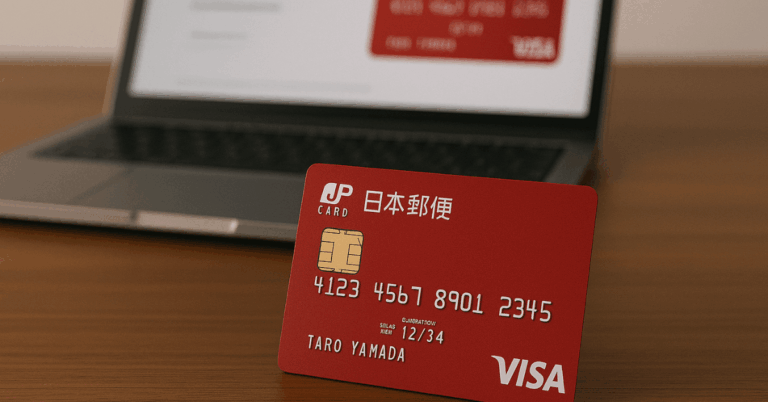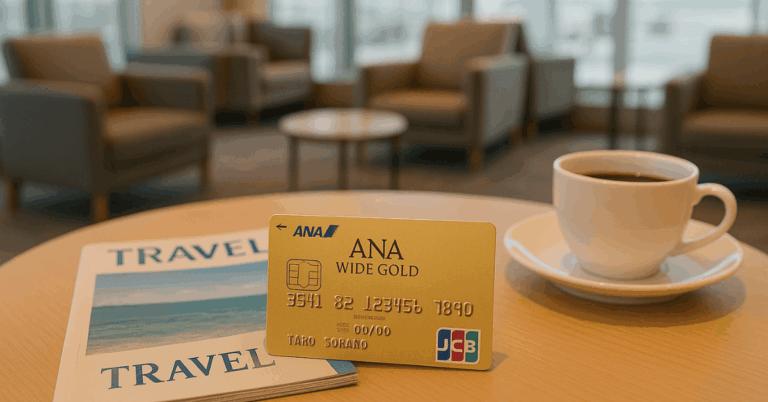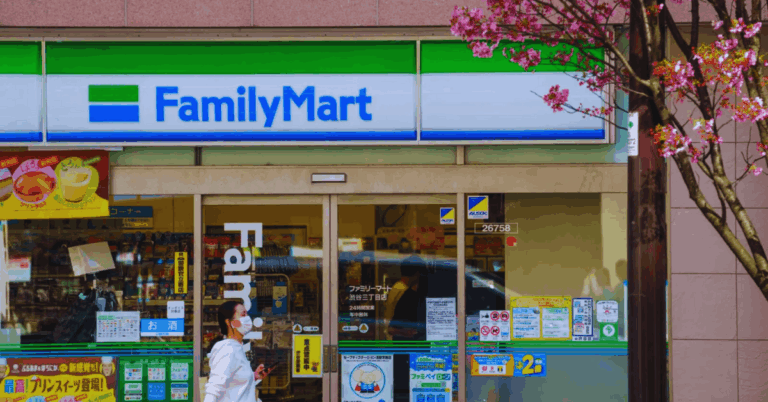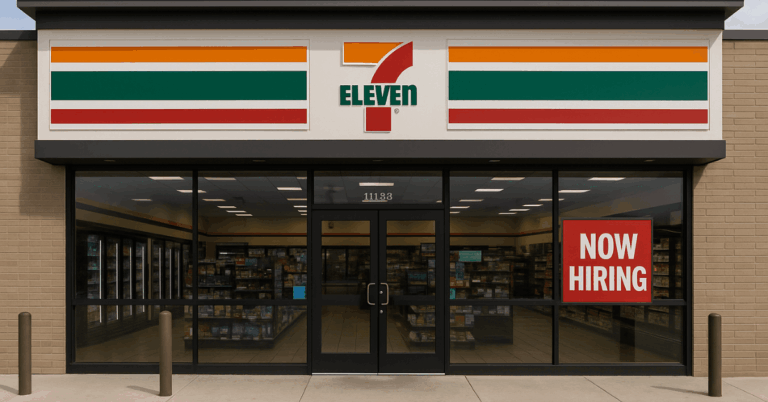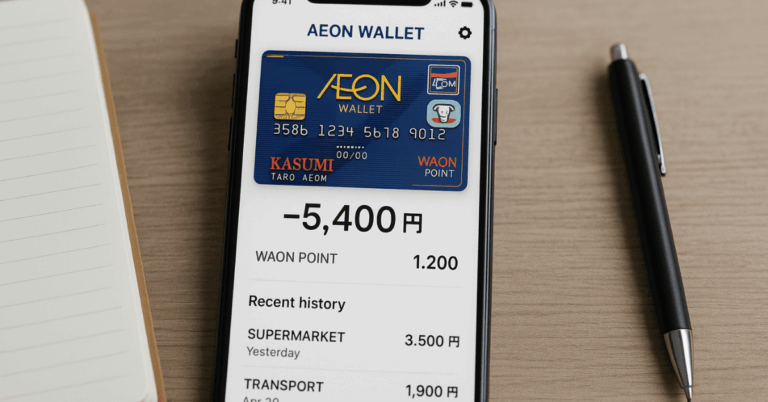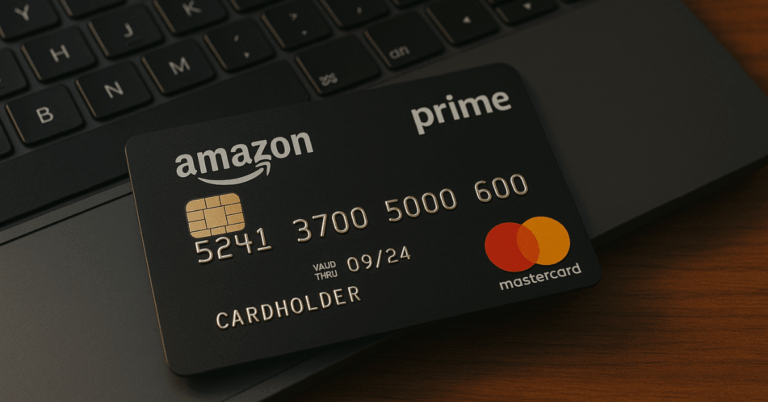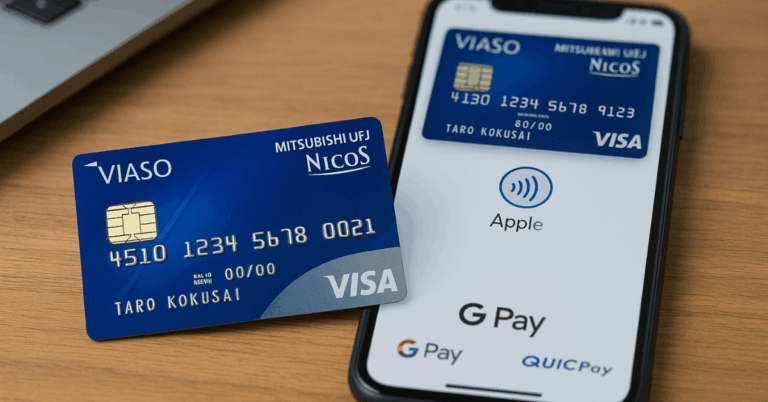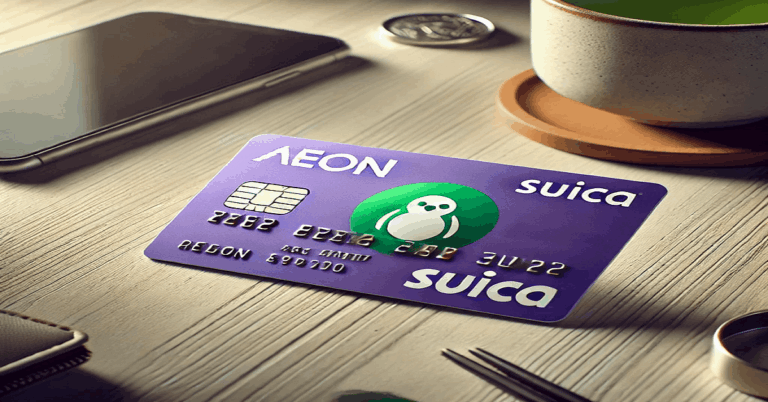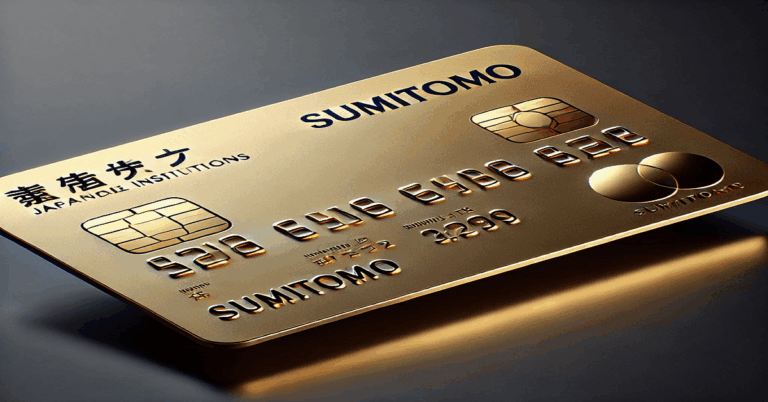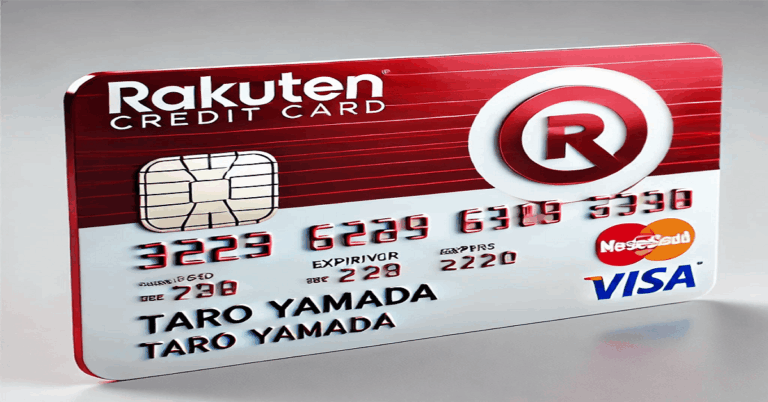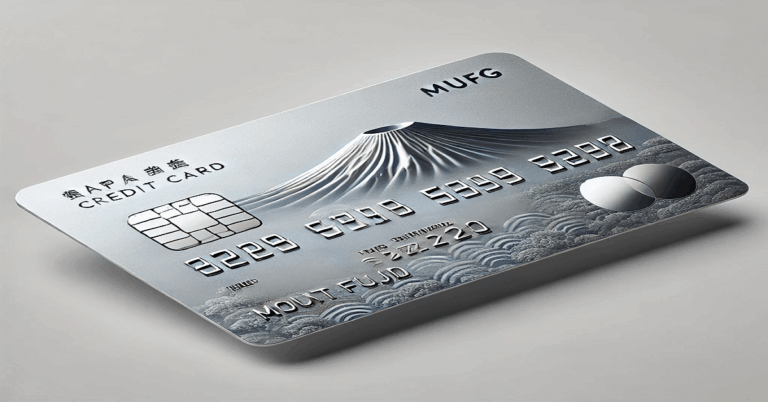The Electronic Benefit Transfer (EBT) card is essential for individuals and families experiencing financial hardship.
It provides access to nutrition assistance programs, notably the Supplemental Nutrition Assistance Program (SNAP).
This article will explore the process of applying for an EBT card, the types of benefits it covers, and where you can use it to make the most of your assistance.
What is an EBT Card?
An EBT card is a plastic, debit-style card used to distribute government benefits to eligible individuals, including food and cash assistance.
These benefits are provided through state-run programs that are partially funded by the federal government.
The card functions similarly to a debit or credit card but can only be used for approved purchases.
How to Apply for an EBT Card
The process of applying for an EBT card varies slightly from state to state, but the general steps remain the same.
Here’s a detailed breakdown of how to apply for an EBT card:
1. Check Eligibility
Eligibility for an EBT card is primarily determined by your:
- Household income
- Size
- Housing costs, medical expenses, and child support are also considered.
To qualify for the Supplemental Nutrition Assistance Program (SNAP), your household’s gross income must be at or below 130% of the Federal Poverty Level.
Some states may have specific requirements based on income, the number of dependents, disability status, or other special conditions.
You can use the eligibility screening tool available on your state’s website or refer to the USDA’s SNAP Eligibility page.
2. Complete the Application
To apply for an EBT card, you must complete an application either online, by phone, or in person at your local office.
Each state has its own application process, and most offer online applications.
- You’ll need to provide personal information such as your name, address, Social Security number (or proof of legal residence), and financial details such as your income, household expenses, and resources (savings, assets, etc.).
Some states may require you to create an account or log in to their benefits portal before you can apply.
3. Submit Required Documentation
Along with your application, you must submit documentation verifying your eligibility. This can include:
- Proof of identity (such as a driver’s license or passport)
- Proof of income (pay stubs, tax returns, unemployment benefits, etc.)
- Proof of residency (utility bills, lease agreements, etc.)
- Any other documents requested by your state’s benefits office.
4. Interview and Verification
After you submit your application and documentation, many states require an interview.
This interview can typically be conducted over the phone, though some states may require an in-person interview.
During the interview, you’ll be asked questions to verify the information on your application.
5. Receive Your EBT Card
Once approved, you’ll receive your EBT card in the mail. The card will come with instructions on how to activate it and use it for your purchases.
You can also set a PIN for security purposes. If you applied for SNAP benefits, the amount of your benefits will be loaded onto the card each month.
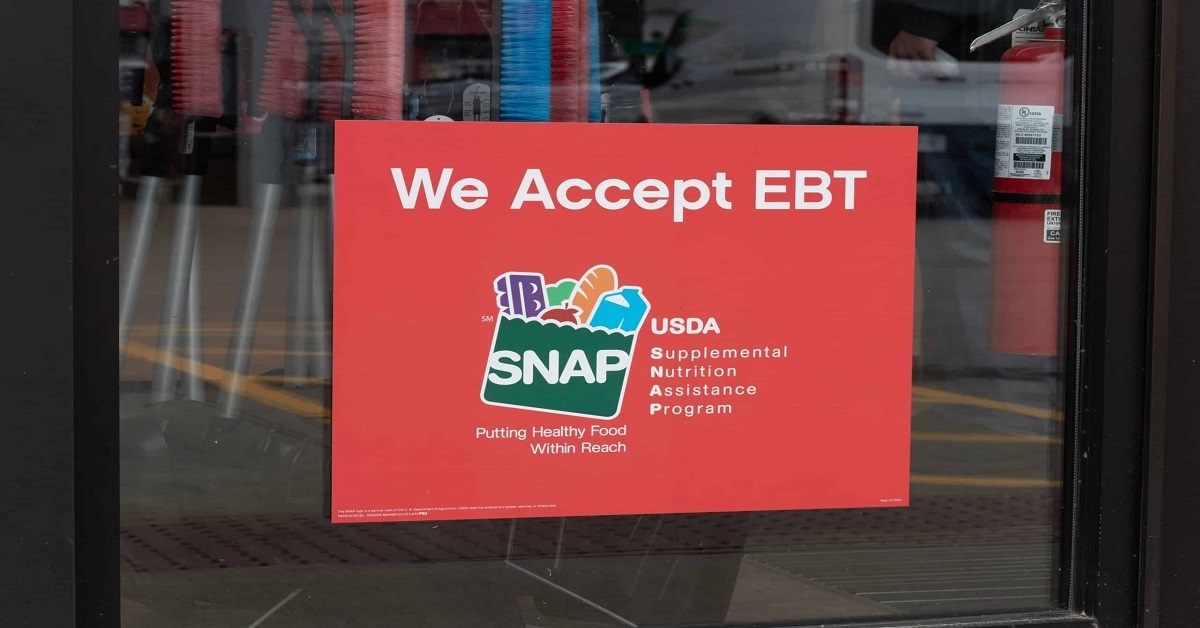
What the EBT Card Covers
The EBT card is primarily used to access food benefits through SNAP.
However, depending on your state’s programs, it can also be used for other types of assistance.
SNAP Benefits (Food Assistance)
The primary function of the EBT card is to provide access to food benefits for eligible individuals and families.
These benefits are designed to help low-income households purchase nutritious food. Eligible items typically include:
- Fruits and Vegetables: Fresh, canned, or frozen fruits and vegetables.
- Dairy Products: Milk, cheese, yogurt, and other dairy items.
- Meats and Poultry: Beef, chicken, fish, and other proteins.
- Bread and Grains: Bread, pasta, rice, cereal, and other grains.
- Non-Alcoholic Beverages: Coffee, juice, and water.
WIC Benefits (Women, Infants, and Children)
This program provides additional food assistance for pregnant women, new mothers, and young children.
The WIC program is typically distributed via an EBT card in most states.
WIC benefits include infant formula, baby food, whole grains, dairy, eggs, and certain types of fruits and vegetables.
Cash Assistance (TANF)
The Temporary Assistance for Needy Families (TANF) program provides cash assistance to families with dependent children.
If you qualify for TANF, you may receive benefits on your EBT card, which can be used for any necessary expenses, including housing, utilities, and transportation.
Unlike SNAP, TANF benefits are not restricted to food purchases.
Where You Can Use the EBT Card
The EBT card can be used to purchase food and other approved items at various retail locations and online platforms.
Here are some familiar places where you can use your EBT card:
- Grocery Stores: Most major grocery store chains nationwide accept EBT cards for food purchases. This includes large retailers like Walmart, Costco, Safeway, Kroger, and Target. Local grocery stores and independent markets often accept EBT as well.
- Farmers’ Markets: Many farmers’ markets are now authorized to accept EBT cards, providing access to fresh, local produce. Some farmers’ markets even match SNAP benefits, allowing recipients to double their purchasing power for fruits and vegetables. Using the USDA Farmers Market Locator, you can check whether your local farmers’ market accepts EBT.
- Online Shopping: In recent years, online grocery shopping options have expanded for EBT recipients. Certain major retailers, including Amazon, Walmart, and others, now accept EBT for online food purchases. This has greatly increased accessibility for individuals who may have difficulty traveling to physical stores.
- Restaurants and Food Vendors: Some states participate in the Restaurant Meals Program (RMP), which allows EBT recipients to use their cards at participating restaurants. This program is typically available to elderly, disabled, or homeless individuals with limited access to cooking facilities. Participating restaurants vary by state.
- Non-Food Items: While EBT cards cannot be used for non-food items in most cases, some states allow them for other services, like buying food for pets or hygiene items in certain stores. However, these uses are not universal and depend on state-specific policies.
For more information about where you can use your EBT card, visit the USDA’s Retailer Locator.
Conclusion
The EBT card is crucial for individuals and families struggling with food insecurity.
Individuals can better navigate by understanding how to apply for an EBT card, what benefits it covers, and where it can be used.
With the EBT card, food security is within reach for millions of Americans.
